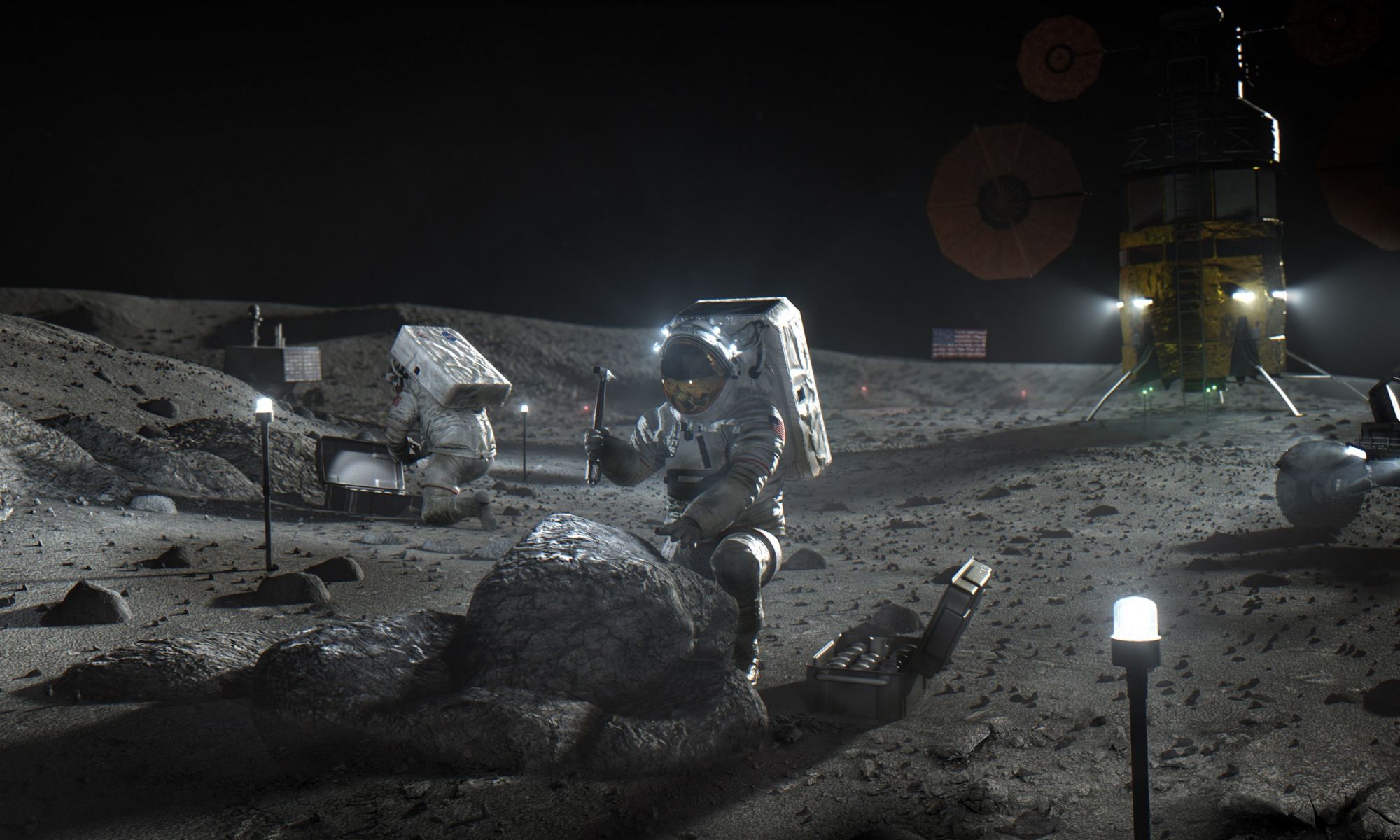It’s no exaggeration to say that NASA’s plans to return astronauts to the Moon has faced its share of challenges. From its inception, Project Artemis has set some ambitious goals, up to and including placing “the first woman and next man” on the Moon by 2024. Aside from all the technical challenges that this entails, there’s also the question of budgets. As the Apollo Era taught us, reaching the moon in a few years doesn’t come cheap!
Funding is an especially sticky issue right now because of the fact that we’re in an election year and NASA may be dealing with a new administration come Jan of 2021. In response, NASA announced a budget last week (Mon. Sept 21st) that put a price tag on returning astronauts to the Moon. According to NASA, it will cost taxpayers $28 billion between 2021 and 2025 to make sure Project Artemis’ meets its deadline of 2024.
On the same day during a phone briefing with journalists, NASA Administrator Jim Bridenstine noted that “political risks” are often the biggest obstacle to NASA’s work. This is perhaps a reference to the fact that NASA’s plans and goals have forcible shifted over the past decade or so in response to the changing priorities of new administrations.

When he took office in 2009, President Obama and his cabinet inherited the Constellation Program initiated by the Bush administration in 2005. This program aimed to create a new generation of launch systems and spacecraft to return astronauts to the Moon by 2020 at the latest. However, due to the then-current economic crisis and recommendations that the 2020 deadline could not be reached, it was canceled.
A year later, the Obama administration initiated NASA’s “Journey to Mars,” which picked up much of Constellation’s architecture but shifted the focus to a crewed mission to Mars by the 2030s. By 2017, VP Pence announced that the Trump administration’s focus would be on returning to the Moon within the 2020s. By March of 2019, Project Artemis was officially unveiled and NASA was charged with returning to the Moon in five years.
Approval for this funding now falls to Congress, which will be looking at elections by November 3rd. This year, in addition to deciding who will be president, 434 of the 435 Congressional districts across all 50 US states and 33 class 2 Senate seats will be contested. Come January, NASA could be dealing with an entirely new government.
According to Bridenstine, the first tranche of funding ($3.2 billion) must be approved by Christmas in order for NASA to remain “on track for a 2024 moon landing.” In total, NASA will require a full $16 billion in order to fund the development of the human landing system (HLS) – aka. a lunar lander – that will allow the crew of the Artemis III mission (one man and one woman) to land on the surface of the Moon.

At present, three major companies are competing to see which of their concepts NASA will choose. They include SpaceX, which presented NASA with a modified version of their Starship designed, altered to accommodate lunar landings. Then there’s Alabama-based Dynetics’ Human Landing System (DHLS), a vehicle that will provide both descent and ascent capabilities.
Rounding out the competitors is Blue Origin, meanwhile is collaborating on a design for an Integrated Lander Vehicle (ILV) that will consist of three elements – the descent, transfer, and ascent elements – designed by Blue Origin, Northrop Grumman, and Lockheed Martin, respectively. The winning design will either be integrated with the Orion capsule carrying the crew to the Moon or will launch on its own atop a company rocket.
Bridenstine also took the opportunity to set the record straight regarding where the Artemis III mission would be landing. This was in response to a previous statement he made during an online meeting of the Lunar Exploration Analysis Group (LEAG), which seemed to hint that the Artemis crews might revisit the Apollo sites.
“If you’re going to go to the equatorial region again, how are you going to learn the most?” he said. “You could argue that you’ll learn the most by going to the places where we put gear in the past. There could be scientific discoveries there and, of course, just the inspiration of going back to an original Apollo site would be pretty amazing as well.”

During Monday’s phone briefing, however, Bridenstine emphasized that the mission will be heading to the South Pole-Aitken Basin:
“To be clear, we’re going to the South Pole. There’s no discussion of anything other than that. The science that we would be doing is really very different than anything we’ve done before. We have to remember during the Apollo era, we thought the moon was bone dry. Now we know that there’s lots of water ice and we know that it’s at the South Pole.”
Investigations of this ice and other resources will be intrinsic to long-term plans to create the Artemis Base Camp. The current schedule has the Artemis I flight (which will be uncrewed) taking place by November of 2021. This will be the inaugural flight of NASA’s Space Launch System (SLS) flying with the Orion space capsule. Artemis II is scheduled for 2023, and will take a crew of astronauts around the Moon but will not attempt a lunar landing.
In 2024, the long-awaited Artemis III mission will occur and will see astronauts land on the surface for a week of operations and up to five operations on the surface. Beyond 2024, NASA plans to deploy the various segments that make up the Lunar Gateway, which will facilitate more long-term missions to the lunar surface and allow for the construction of the Artemis Base Camp.
Further Reading: Phys.org

